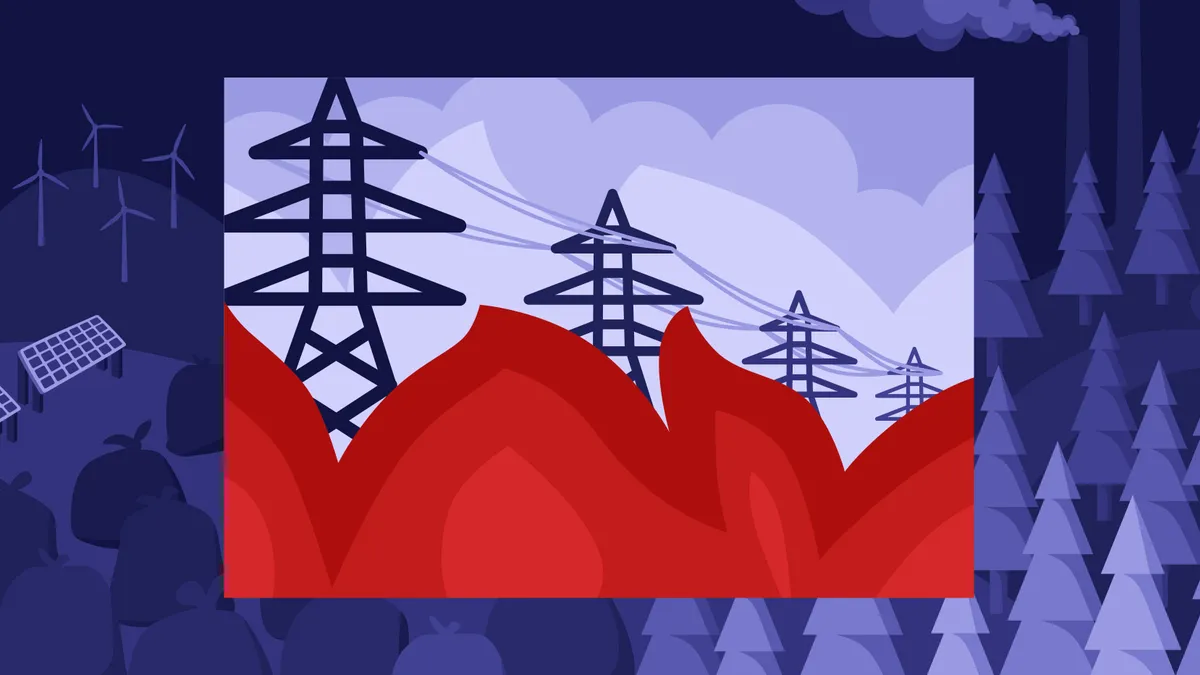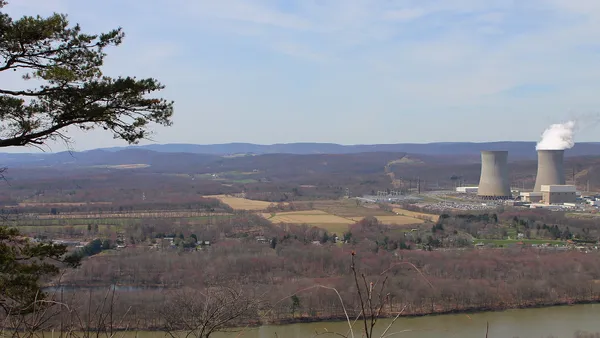Dive Brief:
- Investor-owned utilities face a $500 billion capital investment gap to build out resilience efforts and effectively address risks from climate change, according to a report published by ICF on March 3.
- Around 60% of the gap is driven by the need for investment in system hardening due to rising temperatures, while adaptations needed to protect infrastructure during extreme storms, including the February winter storm that led to widespread blackouts in Texas, represents around 13%, per the report.
- Hardening investments can be difficult to approve with regulators in the face of competing priorities, but more utilities are demonstrating the need for resilience efforts, the report said. ICF pointed to utilities such as NextEra Energy subsidiary Florida Power & Light, which has invested over $5 billion to harden its electric system since 2006.
Dive Insight:
The challenge to secure funding for proactive investments in hardening infrastructure has grown even as regulators and utility stakeholders seek answers for the increasing blackout events created by extreme weather conditions.
"There's always this fundamental tension," said Neil Weisenfeld, ICF senior energy resilience expert and co-author of the report. "Hardening certainly can work... Even when you do it there may be subsequent interruptions and outages... Utilities are learning, regulators are learning."
Without advocating for specific investments, certain targeted mitigation investments, like undergrounding wires in areas vulnerable to wildfires, had shown "a really substantial cost-benefit," Weisenfeld said.
"Justifying the investment plan and making sure that the investments are prudent is a challenge for utilities to show," but some have succeeded, he added. Florida Power & Light and other utilities which have "been able to demonstrate improvement and reliability" for similar storms after years of investments in hardening, he said.
Utilities need to analyze the risks from climate-related hazards in order to address the resilience gap, according to the ICF report, "Resilient power: How utilities can identify and effectively prepare for increasing climate risks."
Utilities are increasingly pushed by shareholders to proactively conduct and release this type of analysis, with international programs like the CDP providing a framework for companies to report emissions and estimate recent and potential climate impacts for their businesses. Utility Dive outlined the CDP responses of 18 utilities regarding the physical threats of climate change in 2020, which included billion-dollar price tags to mitigate floods and cyclones or wildfires, depending on the utility's region.
ICF calculated the investment gap as the costs for adapting infrastructure across the generation, transmission and distribution sectors to the address the potential impacts of climate change out to 2050. "Much of this was not done through specific utility estimates," although sample sets of utility resilience plans were considered, Weisenfeld said.
"We've got good scientific information about how things are projected to continue to change in lots of places and that includes things like expanding areas of wildfire risk to intensification of coastal storms," Judsen Bruzgul, senior director of climate adaptation and resilience at ICF and co-author of the report, said.
The report on the resilience gap ultimately focused on mitigation of climate related threats, as opposed to decarbonization, which is often the focus of CDP filings, Bruzgul said.
Despite ongoing efforts to increase transparency of climate related risks, ICF wrote that few utilities have released comprehensive, forward-looking analyses, such as Con Edison's December 2019 climate change vulnerability study and Climate Change Implementation Plan. The study, produced in partnership with ICF, showed a higher likelihood of equipment failure on the utility's grid due to prolonged heat waves.
The Midwest and other regions are also becoming significantly hotter according to the Fourth National Climate Assessment, and ICF recommends that utilities quickly identify priority vulnerabilities based on projected future climate changes.
CORRECTION: A previous version of this article included ICF analysis that has since been amended by the authors. The impact of heat waves on Con Edison's distribution system was disputed in the original report.















